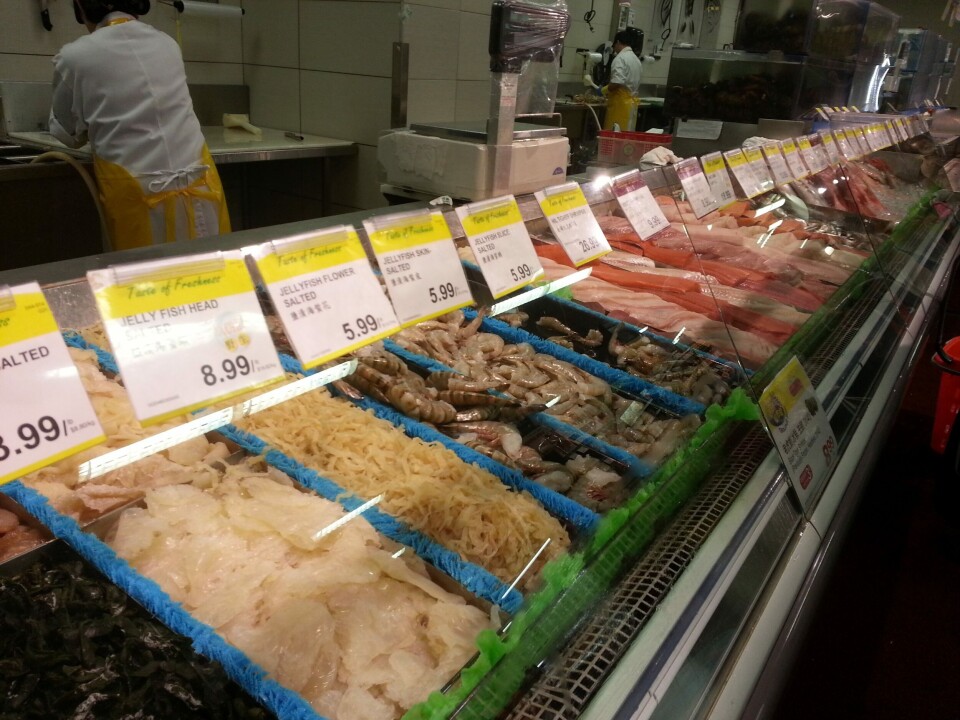
Salmon prices set to soar
The BC Salmon Farmers Association recently participated in a two-day meeting in order to discuss the issue of climate change and the potential impacts this might have on the region’s aquaculture industry. A strategy to deal with the expected fall-outs of warming waters with lower oxygen levels and the potential for more and different blooms of ocean algae is being developed.
The VanCity report states that :“Statistics Canada reported recently that the prices of food items are increasing at an alarming rate in Canada. For instance, they reported an increase in the price of fresh and frozen fish of 38% between April 2000 and April 2015”.
The report, “Out of Stock: The Impact of Climate Change on British Columbia’s Staple Seafood Supply and Prices”, was authored by two members of the Fisheries Economics Research Unit at the University of British Columbia. It makes no mention of farmed salmon or any other cultured seafood species.
Some excerpts of the announcement made by VanCity yesterday include the following:
Climate change could contribute to an increase of more than 70 per cent in the price per pound of B.C.’s iconic sockeye salmon by 2050, says a new report commissioned by Vancity credit union.The authors found that by 2050, seven of B.C.’s 10 staple species – the ones British Columbians spend the most on – will likely decline. Under the warming scenarios examined, sockeye salmon has the highest potential decrease in catch at 21 per cent.
The report also finds that by 2050:
-
British Columbians could also see a 10-per-cent decline in chum salmon and a 15-per-cent decline in sablefish catch;
-
The net increase in cost to B.C. consumers for our 10 staple seafood species -- including sockeye, chum, halibut, tuna and sablefish – could reach up to $110 million (~€ 80 million) a year (2015 dollars);
-
In addition to other factors adding pressures to seafood prices, climate change alone is projected to add increases of up to $1.33, $0.77 and $0.64 per pound (~€ 2.13, € 1.24 and € 1.03 per kilo) for sockeye, chum and sablefish, respectively;
- Climate change is just one of the factors contributing to the projected increase in retail fish prices. Statistics Canada found retail fish prices increased more than 38 per cent over the past five years without factoring in climate change impacts.
Changes in ocean physics and chemistry brought on by climate change, specifically carbon dioxide (CO2) emissions are already impacting key marine and coastal organisms, ecosystems, and the services they provide us, including seafood. The report commissioned by Vancity makes several recommendations for action.





















































